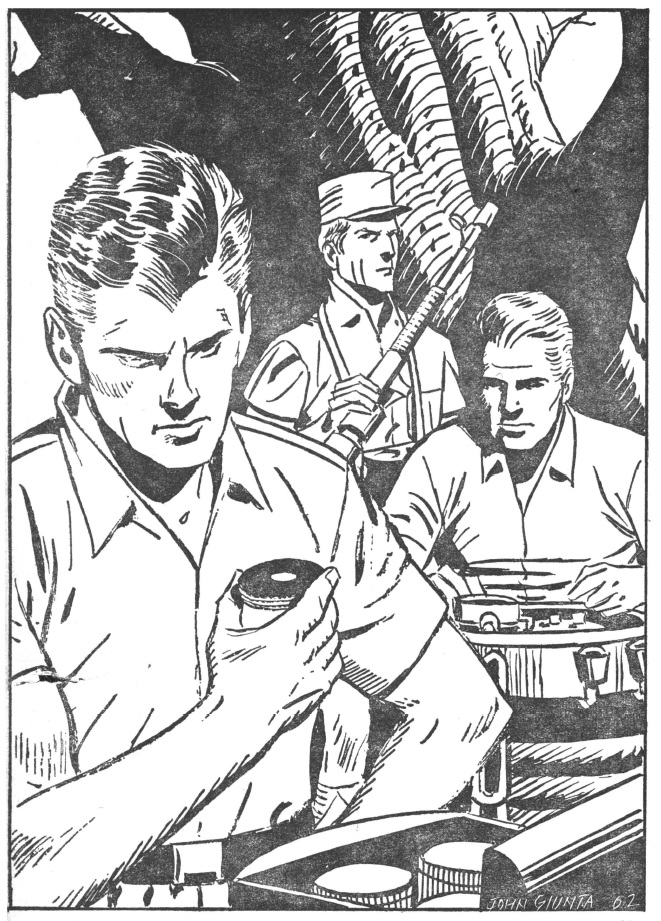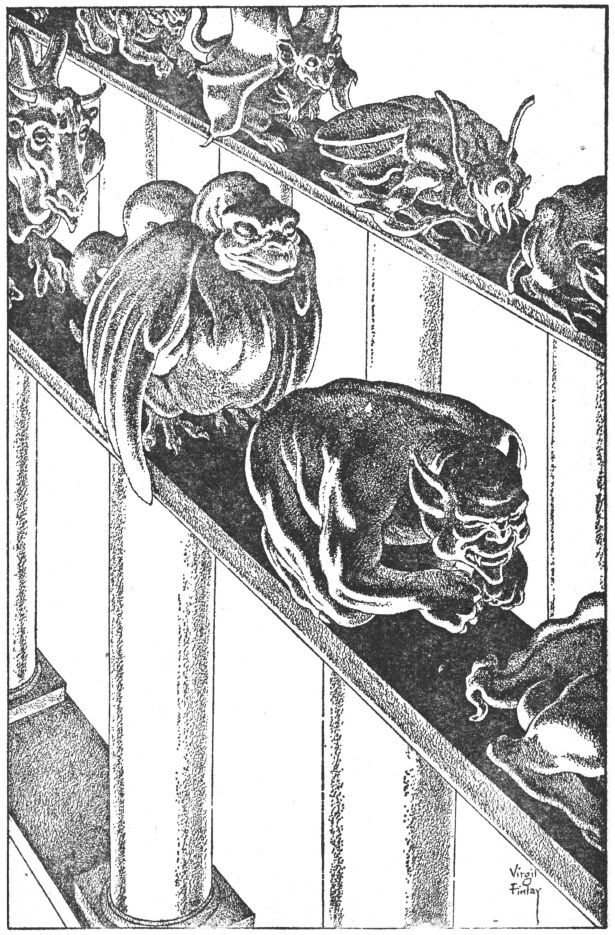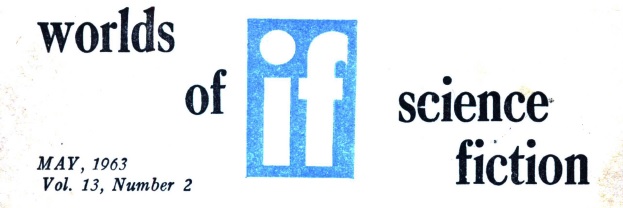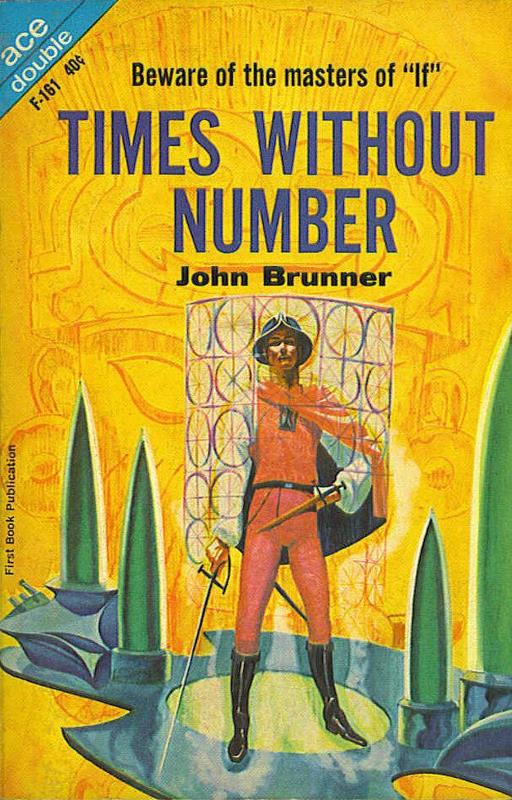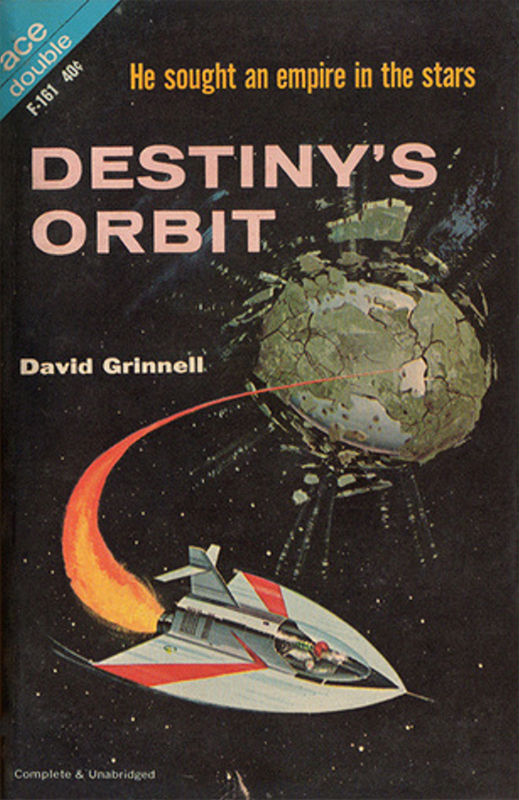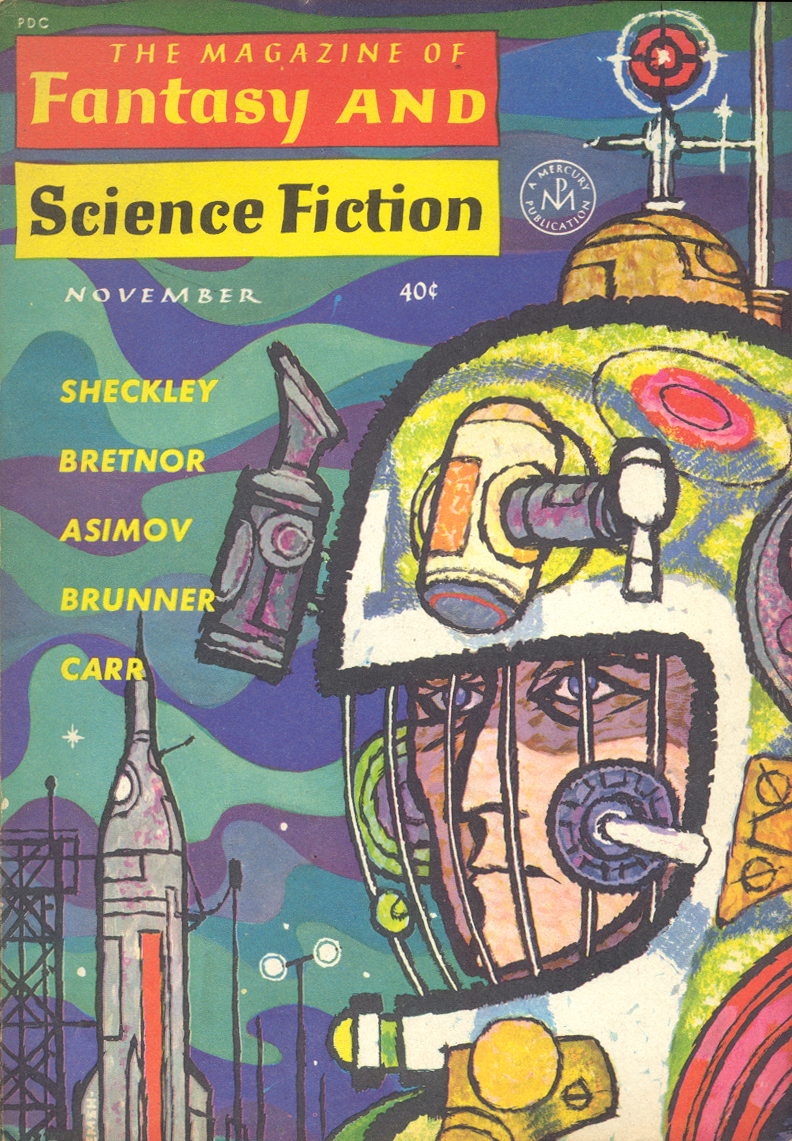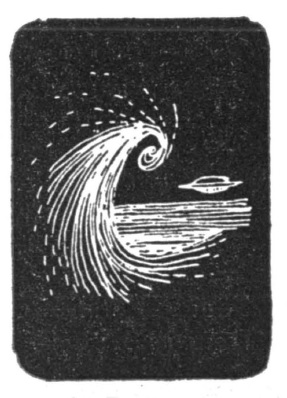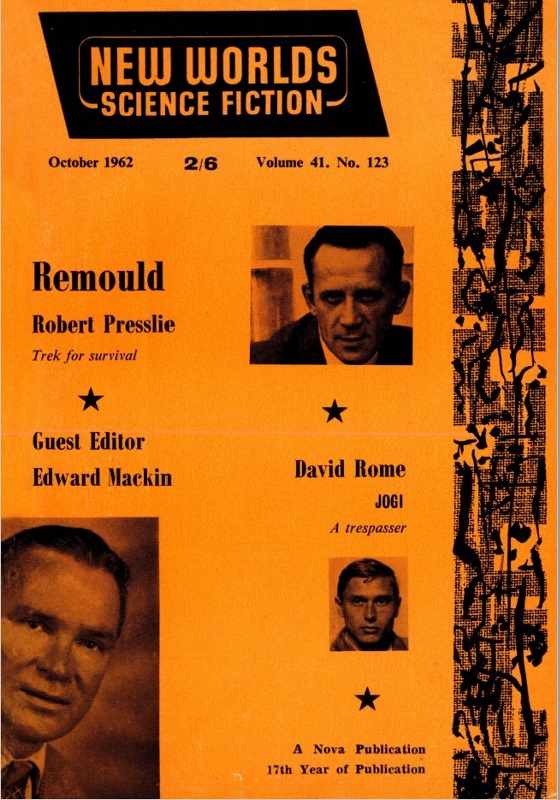[if you’re new to the Journey, read this to see what we’re all about!]

by Mark Yon
Hello to all Travellers – greetings from Europe.
I’ve been asked by our Traveller to tell you of the British magazine situation as it appears here in England. There are some differences between the British & the American markets, as you may know. Generally US magazines are quite difficult to get here, due to the cost of transportation and the fact that there import restrictions to this fair isle. One of the consequences of this is that although we do get UK editions of your main magazines such as Analog, Fantasy & SF and Galaxy here, they are often different to the American editions you see. What this has meant in actuality is that the British editions often have less content than their American equivalents, with editorials, stories and serials removed altogether. To add to the confusion even more, different stories from different American editions are often mixed together in one British issue. This can mean that my view of what you are reading in America is slightly different, or at least a few months behind, yours.
Nevertheless, we do have some interest in new science fiction in England. Our co-traveller Ashley Pollard has mentioned much of this already in her articles here. Our most popular ‘home-grown’ SF magazine is New Worlds, which Ashley has already given a wonderful summary of already. The intention of New Worlds’s editor, Mr. John (Ted) Carnell seems to be to not only produce a magazine that shows British talent off but to also push the boundaries of science fiction (s-f).
It seems to be a time of change for s-f here in England. Generally the situation at the moment seems to be one of decline for British magazines. The actual number of publications available is much smaller than it was five years ago, though there are some that seem to survive. There are four by Nova Publications, of which, and currently in its 16th year of publication, New Worlds is the most popular British magazine at the moment. I do like Nova Publications’s Science Fiction Adventures and Science Fantasy as well, but I think that my purpose here is to discuss New Worlds with you.

I can see that, even with New Worlds, there have been some drastic changes in the last few months. The glorious colour covers of the last few years by artists such as Bob Clothier, Gerard Quinn, Sidney Jordan and Brian Lewis have since the June issue (that’s number 119) been replaced by covers with black & white photographs on a coloured background. Whatever reason editor John Carnell has had for the change – I’m assuming to reduce printing costs, but of course, it could be a number of things – to my mind it makes the magazine less attractive as a science fiction magazine (One rumour is that it is meant to be a radically different cover style to try and attract a wider, less specifically science-fiction readership). Colour pictures on the front cover would have made this new look so much more attractive. I do hope that this is nothing to worry about from our leading British magazine.
The magazine contents are as variable as ever, though. New Worlds has a reputation of being the publishing place of many of our British authors such as Mr’s Brian W. Aldiss, J. G. Ballard, James White, and John Brunner, names you may recognise. Some of the work of other lesser known authors can vary in terms of quality and consistency, though I must say that there’s something worth reading in each issue. As well as the fiction, the magazine occasionally covers book, film and television reviews, usually by Mr Leslie Flood.
With all of that out of the way, what about the latest issue, #122?

Well, the cover reflects the current startling colour scheme. Behind the bright pink cover we begin this issue with a Profile of the Guest Editor, 22-year-old Mr John Baxter from Australia. Australia does buy a lot of these magazines from Britain as well. There have been a number of Guest Editorials recently, but this is the first by a science-fiction fan, as Mr. Carnell says in his introduction “to represent a reader’s viewpoint”.
Mr. Baxter pulls no punches with his Editorial. This is clearly not an essay that panders to sycophancy. Instead, whilst welcoming the addition of Guest Editors, he decries their lack of criticism: “…. all of them have been, in my opinion, short-sighted, illogical and inconclusive…. As literary essays, the Guest Editorials were fine; as constructive criticism, a dead loss.”
I was impressed that Mr. Carnell has been brave enough to take on and publish such a forthright and provocative opinion. Mr. Baxter writes with enthusiasm and creates an effective call-to-arms for modern s-f readers and writers – that if science fiction is to be accepted by the masses then writers need to take up the challenge of writing stories that are intelligent and scientifically precise that also manage to stand up to professional criticism. This is a view also taken by many in the intermittent letters section, Postmortem, at the back of the magazine. Presumably to ally with the Guest Editor’s perspective, many of the letters there this month also examine the importance and usefulness of previous Guest Editorials, the need for scientific accuracy in stories and the need for s-f that is Literature, with a capital-L. I’ll be interested to see what response we get in future issues from other readers.
Of the actual fiction, first of all there is the start of a new two-part serial. This one is by Mr. Keith Woodcott, an author unknown to me, although I suspect that because there is no picture of the author on the lurid front cover, it may actually be written by someone better known as another name. The rather dramatic title, The Crack of Doom, is a psi-story that according to its introduction “introduces a slan-like atmosphere into what has become a highly controversial theme.” It’s a story that deals with racial segregation and cultural isolation as Van Vogt's classic, Slan, did, with the psinull Starfolk, in a fit of evolutionary superiority, persecuting the psychic minority Psions. There are similarities between our world, at a time of a racial conflict, and Mr. Woodcott’s one, I feel. The plot basically hinges on the revelation that an anguished psionic scream is heard by all Psions coming from ancient Old Race ruins on the Starfolk-governed Regnier’s Planet. This may have consequences for our hero Philip Garcon, intrepid graduate in cosmoarchaeology, who, as a psinull rarity, is given the task of uncovering the source of the scream on Reignier’s at the end of this first part.
It’s a satisfactory tale. Though rather old-fashioned in some ways (after all, Slan is over fifteen years old!) it also refreshes those ideas fairly well. I’m not a huge fan of these ESP type tales, personally, but I’ve always liked the idea of archaeology in space, (here called cosmoarchaeology) and ancient cultures. The Crack of Doom is a bit run-of-the-mill, but done well enough to keep me reading. I look forward to the next part, though I think I can see where this story is going. 3 out of 5.
There are five short stories in this issue. The first is by a well-known author who you may know in the US – Mr. Harry Harrison. In line with the editor’s current mission to push the envelope of British s-f, it may be a controversial one. The Streets of Ashkalon is one which tackles the idea of religion head-on. It is the story of John Gath, an atheist trader on the planet of Ashkalon, who greets the arrival of Father Mark, a Christian missionary, with extreme reluctance. Father Mark is determined to bring the word of God to the alien Wesker species living there on Ashkalon, though to Gath they are pure and innocent and cannot understand the difference between facts and beliefs. Whilst Gath is eventually impressed by the zealot’s single-mindedness, there are consequences to Father Mark’s actions. The story is shocking and memorable, and by far the best thing in this issue. I wonder what Mr. James Blish, whose 1958 novel A Case of Conscience also dealt with religion, would think of it? 5 out of 5.
The second story is Pandora’s Box by Mr. Steve Hall, a fairly new writer to me. It’s a typical space-frontier tale, set on the Moon, that I think Mr. Arthur C Clarke would appreciate. It was OK for me, not too surprising, but I liked it. The story does much to set up a scenario of a mysterious box being found on the Moon whilst a new Matter Transmitter is being built there, but then uses a rather obvious solution and has an ending that concludes the tale rather too abruptly for my tastes. I suspect that in the end it’ll not be that memorable, but Mr. Hall may be an author to watch for in the future. 2 out of 5.

Next is a short story by another new name to me, Mr. Morris Nagle, named Serpent in Paradise. It’s the story of an adventurous millionaire, Archibald Downes, a castaway who seems reluctant to be rescued. When an exploratory team find him they not only have to persuade him to leave but also deal with the local flora and fauna. This one is typical adventure story stuff, with an unsurprising twist at the end. It was OK but not really outstanding for me. 2 out of 5.
The next story, The Craving of Blackness by Mr. Robert Ray, was a tale of about a young man’s coming-of-age, and the consequential loss of innocence. Fourteen-year-old Joey wishes to be a Space-Medic but on taking his IQ test finds that things in the future may not be what he hopes for. It’s OK but is a little heavy-handed for my tastes personally. 3 out of 5.
Lastly we have Moonbeam, by an author not unknown to me or other regular New Worlds readers, Mr. David Rome. Since his first story in the May 1961 New Worlds, Mr. Rome has become an increasingly popular writer. Moonbeam is a story of the effects of the first faster-than-light transmission of a person far away to Alpha Centauri. Earth to Alpha Centauri in five hours is something we can only dream of today, and here it is suggested that there are problems in being one of the first people brave enough to try it. The ‘test pilot’, as it were, Bianchi, finds that there are unanticipated consequences of such travel. There’s issues of identity involved, as Bianchi appears to be a subject created in a factory and an increasing sense of dislocation as the story tells its plot. It is capped by a nice twist in the ending to this one, which stays in the mind just long enough to make you think before moving on. 3 out of 5.
So: was New Worlds worth my 2/6 (that’s two shillings and sixpence to you non-Brits) this month? On balance, yes. I would give it a score of 3 out of 5. It’s a solid issue overall, with some parts very memorable and others being OK, without any real rotters. I suspect that The Streets of Ashkalon will become one of Mr Harrison’s better-known works in the future, and not just for its determination to tackle sacred issues.
This time around, New Worlds seems to have made its mission explicit – to be different, to not be content with mundanity and clichés but push s-f into new and exciting ideas and themes. It is therefore perhaps as good a place as any to start my journey with you, fellow travellers. It’ll be interesting to see where this takes us.

—













